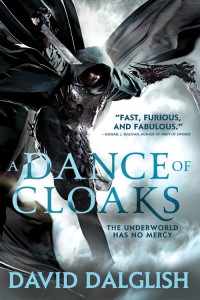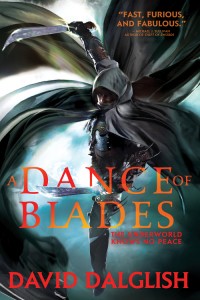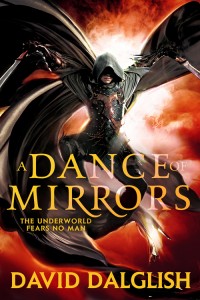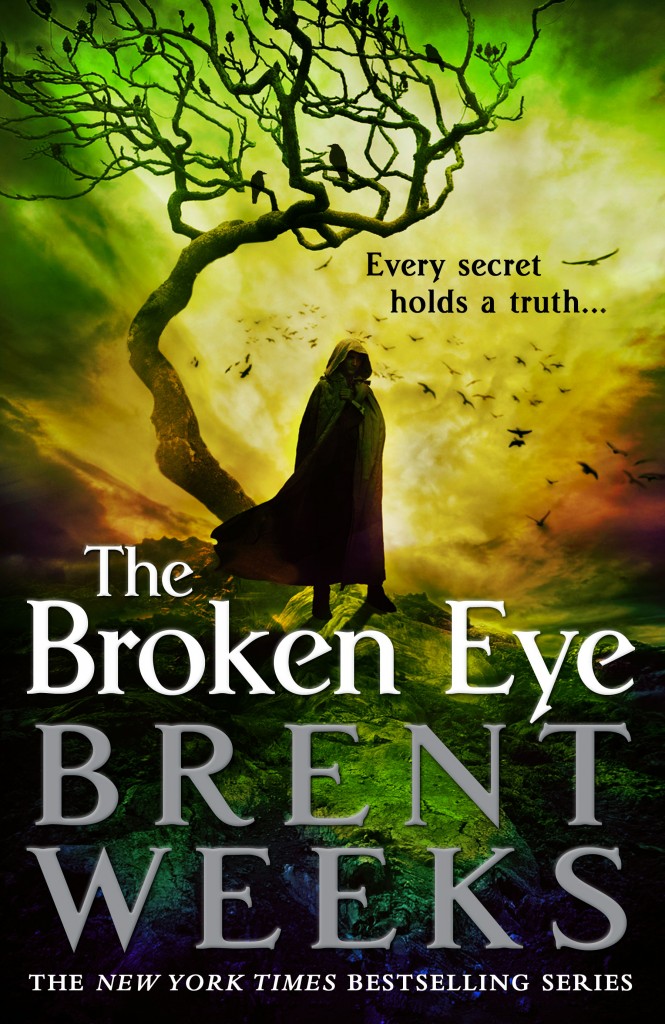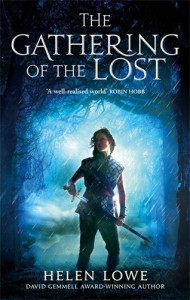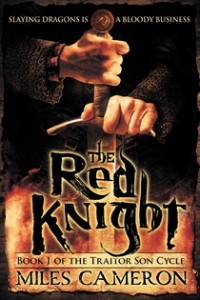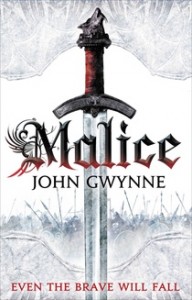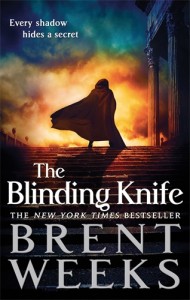 I love a great plot twist. After writing and publishing six big fantasy novels, I’ve become pretty hard to fool with a twist, but every time I hear a reader say, “I never saw that coming, but looking back, it made so much sense.” I get to feel the pleasure anew. It is, of course, merely a vicarious pleasure, but living vicariously is kind of what novelists do.
I love a great plot twist. After writing and publishing six big fantasy novels, I’ve become pretty hard to fool with a twist, but every time I hear a reader say, “I never saw that coming, but looking back, it made so much sense.” I get to feel the pleasure anew. It is, of course, merely a vicarious pleasure, but living vicariously is kind of what novelists do.
The Lightbringer Series is, in part, an ass-kicking examination of identity and integrity. Many of the characters have secrets that influence both, and these secrets are revealed not through navel gazing and discourse, but through actions, lies, and inadvertent truths that escape when the characters are under great pressure. Characters do what they don’t say, say what they don’t think, and think what they don’t do. All of which is fertile ground for surprises.
But a plot twist is more than just a character acting in a way that surprises us. A chaotic or insane character does that. (And, let’s be honest, an actually chaotic character might be impossible to pull off. The most famous recent example of a wildly chaotic character is, if one thinks about it at all, actually a master planner par excellence: Heath Ledger’s Joker from The Dark Knight.) Instead, a great plot twist takes a lot of planning and careful management of what a reader thinks is going on at any moment.
But how do you manage audience expectations when an audience ranges from teens reading the very first book they’ve ever read outside of assigned reading to adults who have been reading fantasy for fifty years? Movies get to cheat on this. If you have a convoluted plot, and something’s always happening on screen, only a tiny percentage of people will be able to think through the plot holes and possible lacunae in the two hours they’re watching. With a big fantasy novel, authors don’t have that luxury. Some readers devour, and other readers savor, thinking through every tidbit, and guessing for weeks where the plot’s going. (more…)

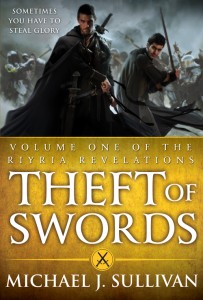

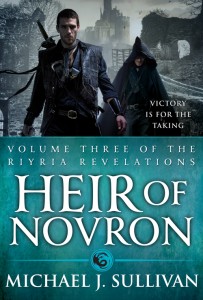
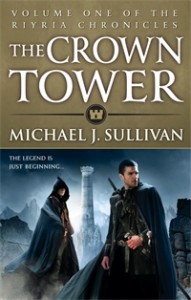
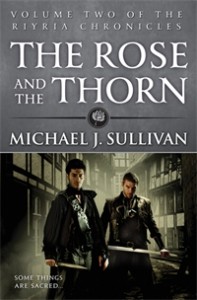
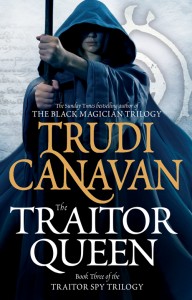 To celebrate paperback release of the final book in the Traitor Spy trilogy, THE TRAITOR QUEEN (
To celebrate paperback release of the final book in the Traitor Spy trilogy, THE TRAITOR QUEEN (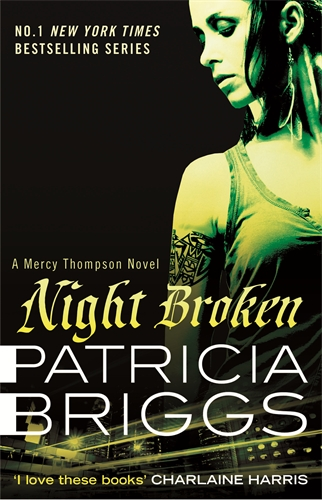 We’re delighted to present the beautiful new cover for NIGHT BROKEN, the stunning eighth novel in
We’re delighted to present the beautiful new cover for NIGHT BROKEN, the stunning eighth novel in  If you’re new to Patricia Briggs, you can get hold of other books in the Mercy Thompson series right now – they begin with MOON CALLED (
If you’re new to Patricia Briggs, you can get hold of other books in the Mercy Thompson series right now – they begin with MOON CALLED (
